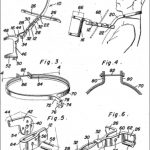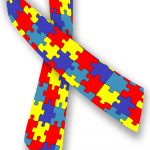
Ariel Goldemberg and Rita Pokk,embrace in Matrimony. Photo by Zé Carlos Barretta, via Wikidedia Commons
March 21. That’s Three twenty-one. These numbers are symbolic of the medical name for Down syndrome: trisomy 21. In humans, each cell normally has 23 pairs of chromosomes, which contain the person’s genetic makeup. In people with Down syndrome, the 21st chromosome has three rather than the usual two copies. The condition of there being three copies is known as trisomy; Down syndrome is the most common trisomy condition (please see our earlier blog post on Trisomy Awareness Month). Such seemingly tiny genetic variations can have a tremendous impact on a person. A prime example is the 23rd chromosome: females have two copies of the X chromosome and males have one X and one Y.
The theme for World Down Syndrome Day this year is “Leave No One Behind.” Says Anna Sands of Down Syndrome International, “All people with Down syndrome should have opportunities to live fulfilling lives and to be included on a full and equal basis with others across all aspects of society but the reality today is very different. People with Down syndrome face negative attitudes, low expectations, discrimination and exclusion.” The campaign addresses these four questions:
- Why it is important for people with Down syndrome and their advocates to speak up and influence policy makers at all levels?
- What key policies affect the lives of people with Down syndrome? How can these policies ensure full inclusion in society?
- How can advocates become involved?
- How can we empower people with Down syndrome, along with those supporting them, to advocate for themselves?
These are important questions we ask of ourselves in serving our consumers with Down syndrome.
For those interested in following the World Down Syndrome Day Conferences at the U.N. in New York and Geneva, the event is being streamed live.
The theme is taken from the 2030 U.N. Agenda for Sustainable Development; a global plan of action for people, planet, and prosperity. The ideas behind WDSD19 are enshrined in the U.N. Convention on the Rights of People with Disabilities. In addition, many people will recognize the message of inclusion and children’s rights, “Leave no child behind,” from Marian Wright Edelman of the Children’s Defense Fund.
Some portraits in Down syndrome
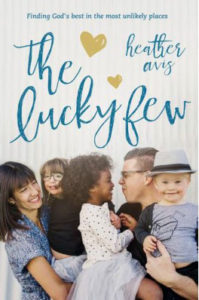
Heather Avis is a mom who, with her husband, adopted a little girl with Down Syndrome. In this book, released on WDSD, she tells of the joy she has found.
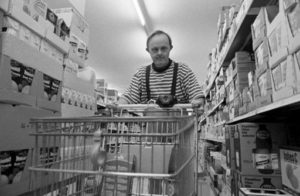 Walter, now 63, survived the Nazi genocide against persons with disabilities. Instead, he has found dignity in his independence in the community.
Walter, now 63, survived the Nazi genocide against persons with disabilities. Instead, he has found dignity in his independence in the community.
ZEIT Magazine, No. 37, 6. September 1996
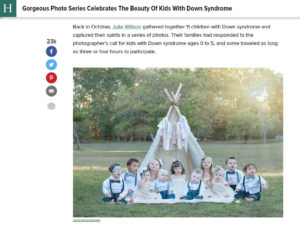
The Huffington Post recently featured a photographer who compiled a photo essay depicting the beauty of children with Down syndrome.
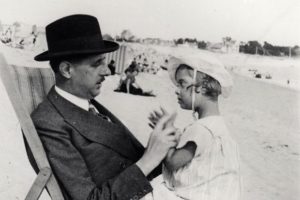
Former Prime Minister took the time to enjoy a precious moment with his daughter, Anne, who had Down syndrome.

